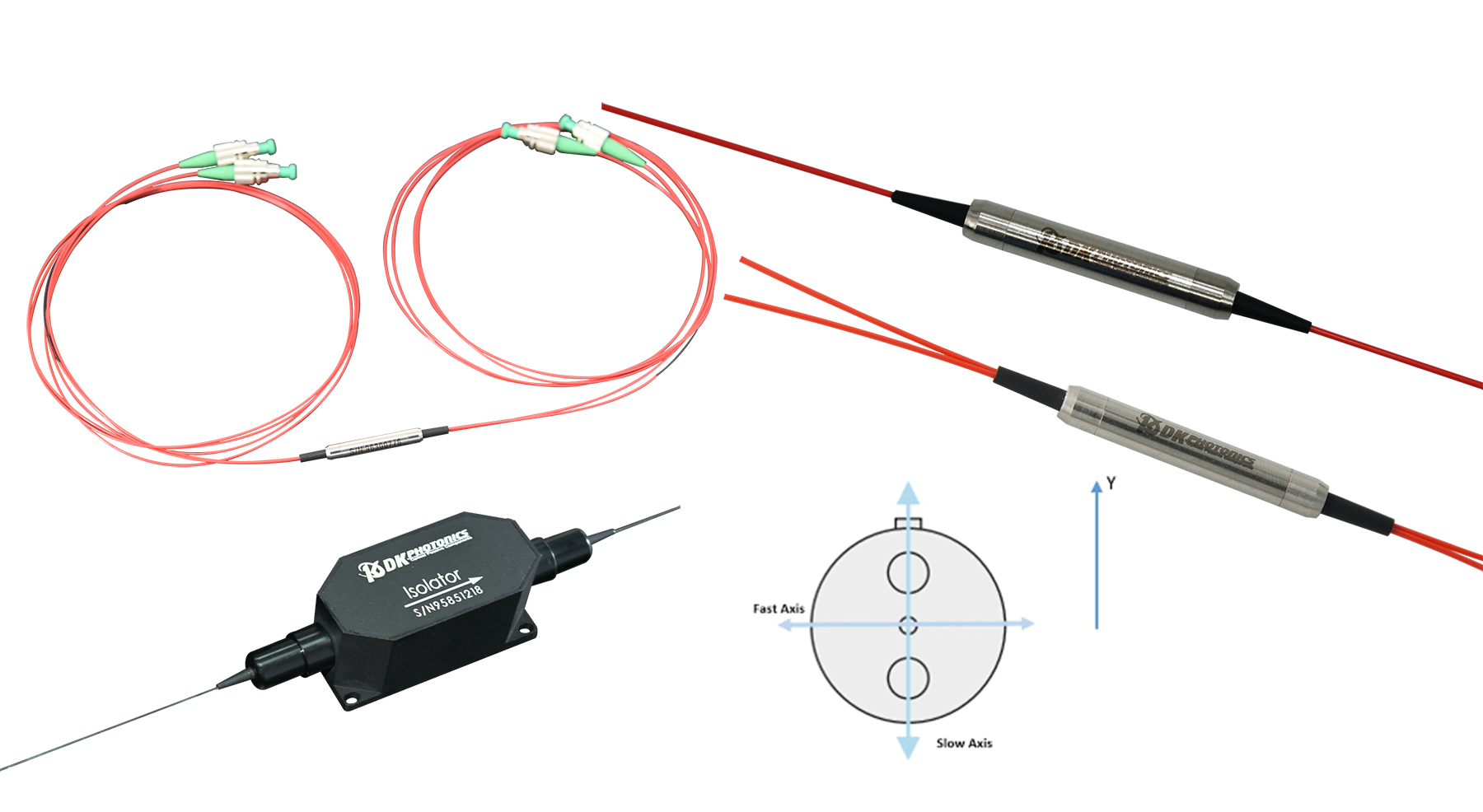In our highly connected world, fiber optic networks form the backbone that enables high-speed internet, television, telephone, and data transmission globally. These networks use hair-thin strands of glass or plastic to transmit information over long distances as pulses of light.
One essential element that enhances fiber optic performance is the polarization-maintaining fused coupler (PMFC). Let’s explore how PMFCs work and their role in optimizing fiber networks.
What is Polarization Maintaining Fused Couplers?
A polarization-maintaining fused coupler (PMFC) is a specialized type of fiber optic coupler designed to maintain the polarization state of the light traveling through it.
Regular fibers can distort this polarization over long distances. PMFCs use a unique design and special types of fiber to preserve the input polarization through the output.
They consist of two polarization-maintaining fibers fused together over a short length. This fused region allows light to couple between the fibers while keeping the polarization stable. PMFCs remove polarization crosstalk while dividing or combining light signals.
Benefits of Using Polarization Maintaining Fused Couplers
Incorporating polarization-maintaining fused couplers into fiber optic networks provides some key advantages.
- Maintaining polarization greatly improves the performance of the network. It prevents signal degradation and loss of information over long fiber spans. This enables higher data transmission rates and quality.
- Polarization-maintaining fused couplers unlock advanced fiber optic applications that rely on preserving the polarization state.
Examples include polarization multiplexing, interferometric sensors, and non-linear optics experiments. These capabilities simply aren’t possible with regular, non-polarization-maintaining components.
- Polarization-maintaining fused couplers offer cost and space savings compared to using separate polarization splitters and combiners. Their compact, fused design integrates multiple functions into one device.
Optimizing Networks with Polarization and Maintaining Fused Couplers
To get the full benefits of PMFCs, proper installation and alignment are crucial. The polarization axes of the input and output fibers must be lined up precisely. Environmental factors like temperature, vibrations, and mechanical stress can impact performance, so careful packaging is needed.
During network operation, polarization-maintaining fused couplers should undergo regular testing and monitoring. This includes checking polarization extinction ratios, insertion losses, and identifying any degradation over time.
With the right deployment and maintenance, PMFCs enable optimized and stable network operation.
Advanced Polarization-Maintaining Fused Couplers Applications
While polarization-maintaining fused couplers boost basic network functions, they also facilitate innovative applications across multiple domains:
Optical Sensing
High-precision fiber optic sensors use PMFCs in interferometric setups to detect tiny changes in strain, temperature, pressure, and more with extreme sensitivity.
Polarization Multiplexing
By combining different polarization channels on a single fiber, PMFCs help increase the data transmission capacity of fiber links.
Non-linear Optics
PMFCs are vital for preserving polarization in experiments harnessing non-linear optical effects like frequency conversion.
Conclusion
Polarization maintaining fused couplers is a specialized but powerful component for optimizing modern fiber optic networks. By eliminating polarization drifts and crosstalk, they boost network performance, and efficiency and enable a wide range of advanced capabilities.
From high-speed communications to exclusive research, PMFCs will continue to play a vital role in future optical networks and photonics innovations. Utilizing this special technology is essential to realizing lightwave applications’ full potential.


Leave A Comment